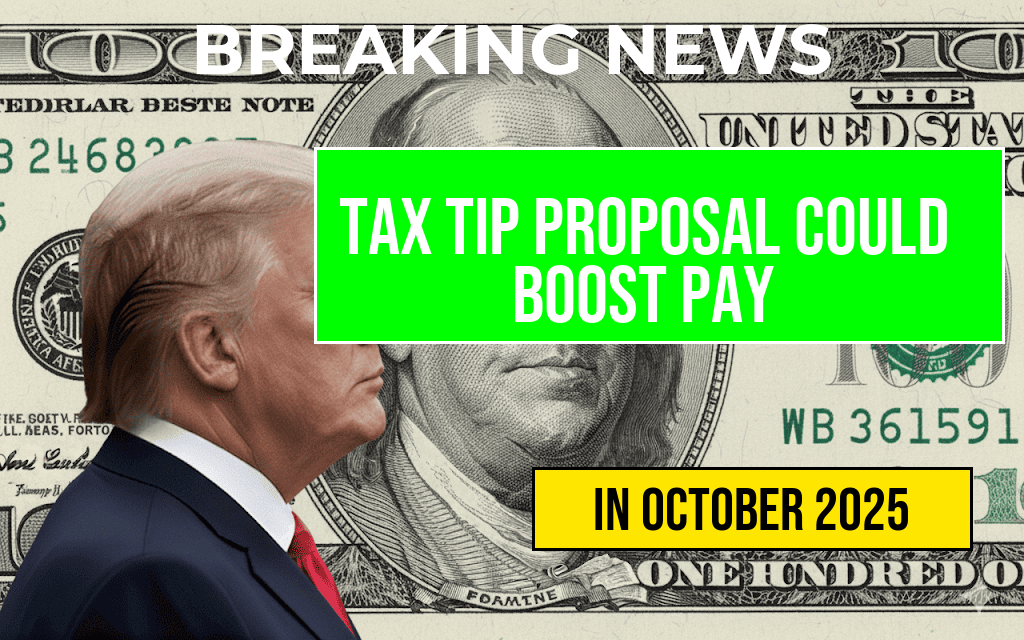Millions of student loan borrowers across the United States are bracing for a significant financial shift as the federal government prepares to implement a new repayment plan that could increase monthly payments by as much as $400. This change, set to take effect later this year, follows a period of paused payments during the COVID-19 pandemic, which temporarily eased the burden for many. Now, with the resumption of regular repayment schedules, borrowers—particularly those with high debt levels—may face immediate financial strain. The ripple effects threaten to impact household budgets, credit scores, and even broader economic stability as millions adjust to this unexpected increase, raising questions about who will be affected first and how policymakers are responding to the mounting concerns.
Understanding the New Repayment Structure
What Changes Are Coming?
The federal student loan program, which accounts for over $1.7 trillion in outstanding debt, is transitioning back to standard repayment plans after a temporary pause that began in March 2020. The upcoming adjustments involve a shift from income-driven repayment options to more traditional, fixed monthly payments. For many borrowers, this will mean an increase of up to $400 per month, particularly among those with high debt-to-income ratios.
The Department of Education has indicated that the new plans aim to make repayment more sustainable for borrowers who can afford higher payments while discouraging prolonged deferment or forbearance that often extend the debt’s lifespan without substantial progress toward payoff. However, critics warn that for those already struggling financially, such increases could deepen hardship, leading to more defaults and financial instability.
Who Will Be Affected First?
High-Loan Borrowers and Low-Income Households
| Borrower Profile | Typical Loan Balance | Estimated Monthly Increase | Potential Impact |
|---|---|---|---|
| Graduate Students with Advanced Degrees | $50,000–$150,000 | $300–$500 | Greater risk of default, delayed financial goals |
| Undergraduates with Moderate Debt | $25,000–$50,000 | $150–$300 | Increased monthly burden, possible income adjustments needed |
| Low-Income Borrowers | Varies | Varies, potentially minimal if income-based plans apply | Risk of hardship if income-based options are not sufficient |
High-debt borrowers with loans exceeding $50,000 are expected to be impacted first, as their increased payments could reach hundreds of dollars each month. Many of these borrowers are recent graduates in high-paying fields like law, medicine, or engineering, but others are individuals in lower-paying sectors who may face difficult choices between loan repayment and essential expenses. Student debt statistics show that roughly 40% of borrowers owe more than $30,000, with a significant portion facing repayment struggles.
Regional and Demographic Variations
Geographic disparities will also influence who is affected first. Borrowers in states with higher living costs—such as California, New York, and Massachusetts—are more likely to experience financial hardship as the increased payments outpace local income levels. Demographic groups with lower average incomes or fewer financial resources, including minority communities, may be disproportionately impacted, potentially widening existing economic inequalities.
Policy Response and Future Outlook
Government Initiatives and Relief Options
Federal officials insist that repayment adjustments are designed to promote fiscal responsibility while maintaining affordability for most borrowers. However, advocacy groups argue that the timing is problematic, especially as economic recovery remains uneven after pandemic disruptions. Some suggest expanding income-driven repayment plans, which could help cushion the impact for vulnerable borrowers.
Meanwhile, the Department of Education has announced extensions for certain repayment options and increased outreach to inform borrowers about available relief programs. Borrowers are encouraged to explore options such as income-based repayment plans, deferments, or forbearance, especially if the upcoming increase threatens their financial stability. Federal student aid resources provide guidance on navigating repayment adjustments.
Broader Economic Implications
The potential for widespread payment increases raises concerns about consumer spending, credit health, and overall economic growth. Higher monthly obligations may lead to reduced discretionary spending, delayed major life events like home purchases, and increased financial stress among working-class households. Economists warn that if a significant portion of borrowers default or reduce spending sharply, it could dampen economic momentum in the coming months.
Financial experts advise borrowers to proactively assess their budgets and consider refinancing options or debt management strategies. As the landscape shifts, staying informed about policy changes and available assistance will be crucial for millions navigating this new repayment phase.
Frequently Asked Questions
What is causing the recent increase in student loan payments?
The increase is primarily due to changes in federal student loan policies and the resumption of loan repayment obligations after a period of forbearance, leading to higher monthly payments for many borrowers.
How many students are expected to be affected by the $400 monthly payment increase?
Millions of student loan borrowers across the country are projected to face this payment hike, especially those with larger outstanding balances or variable interest rates.
Who will be affected first by the student loan payment increase?
The borrowers with the largest debts or those nearing the end of their repayment pause are likely to be impacted first, as their monthly payments will see the most significant rise.
What options are available for borrowers struggling with higher payments?
Borrowers can explore income-driven repayment plans, deferment, or forbearance options to manage increased payments and avoid defaulting on their loans.
What long-term impacts might this student loan crisis have on borrowers?
The crisis could lead to financial stress for many, affecting homeownership, savings, and overall economic stability for millions of Americans.










